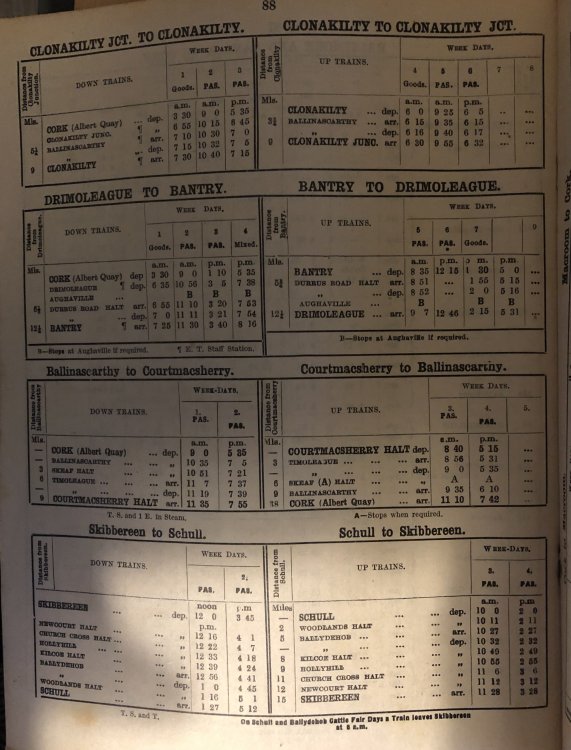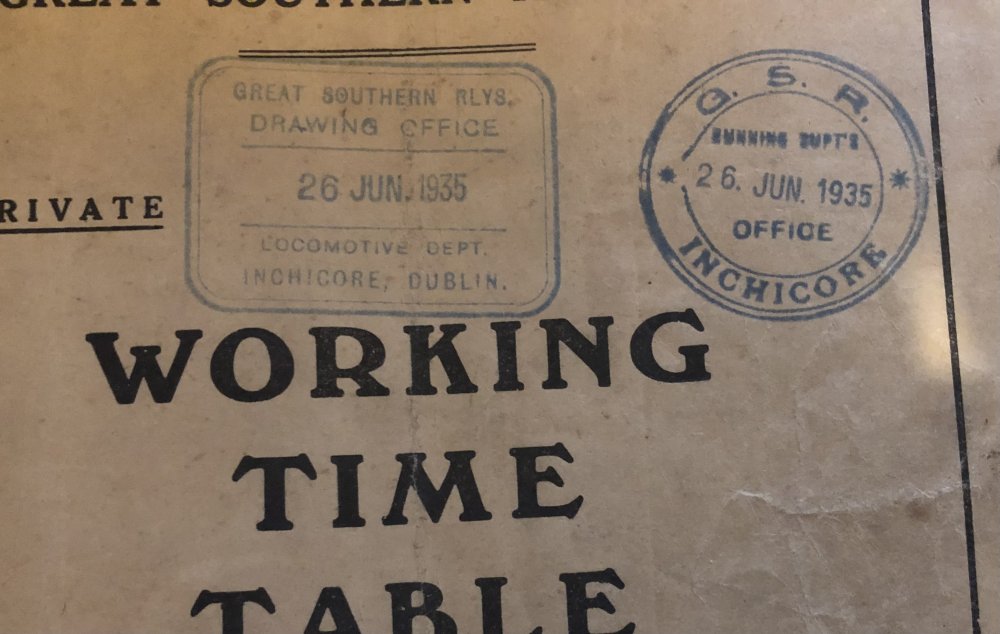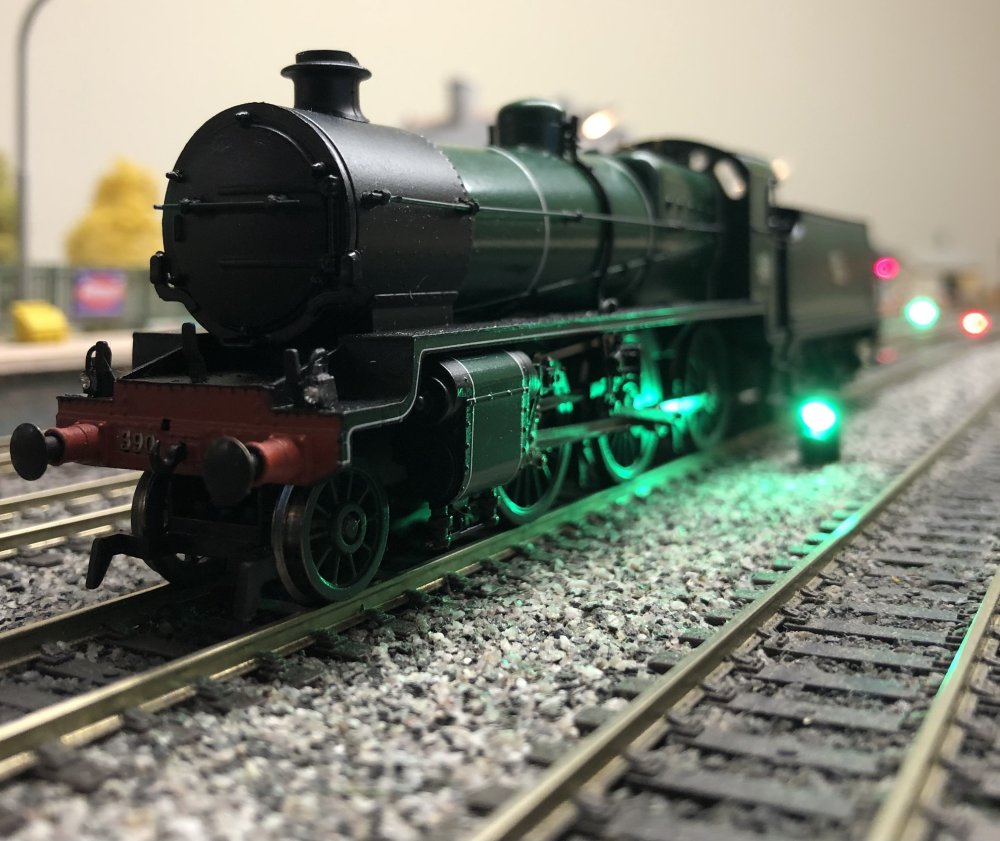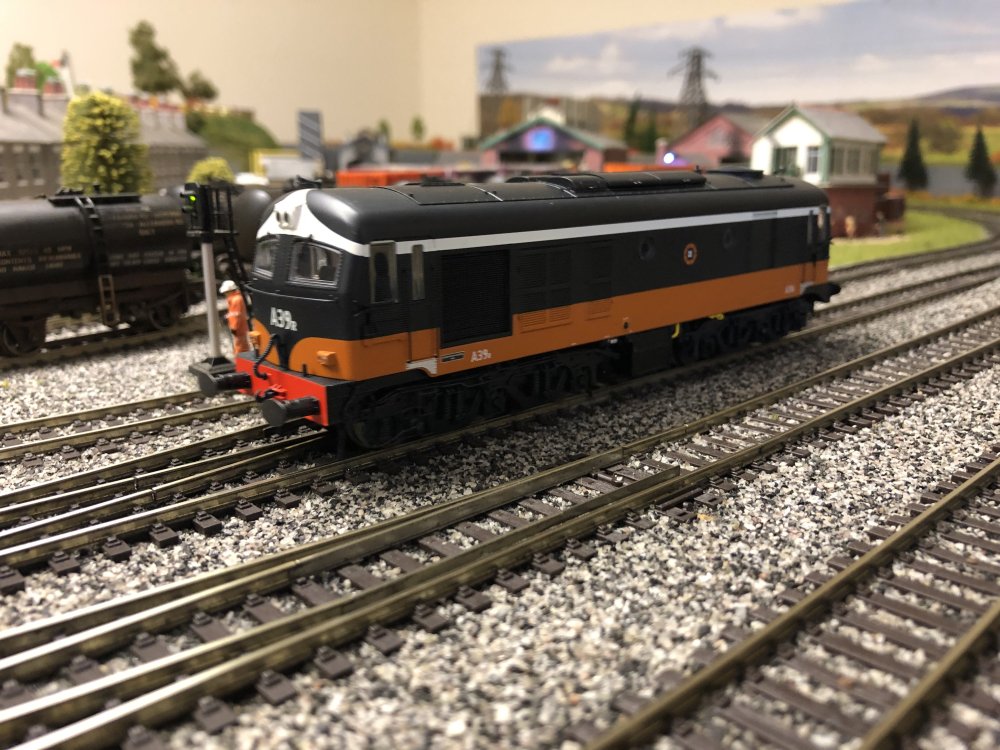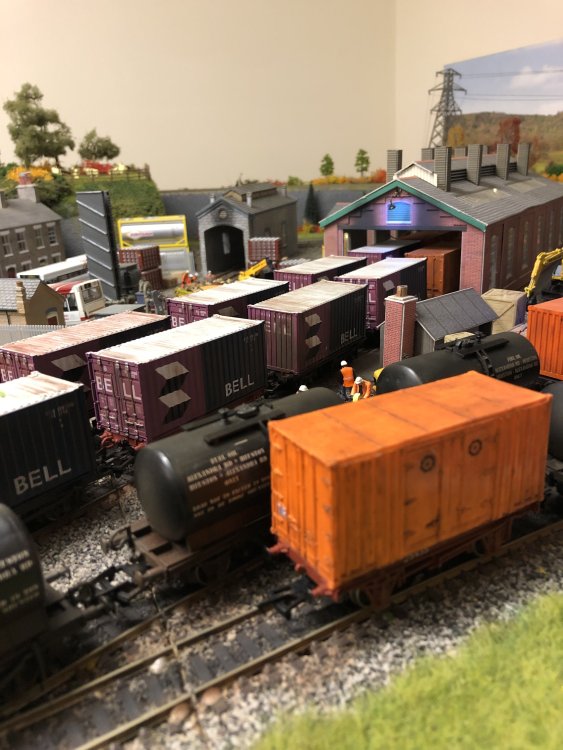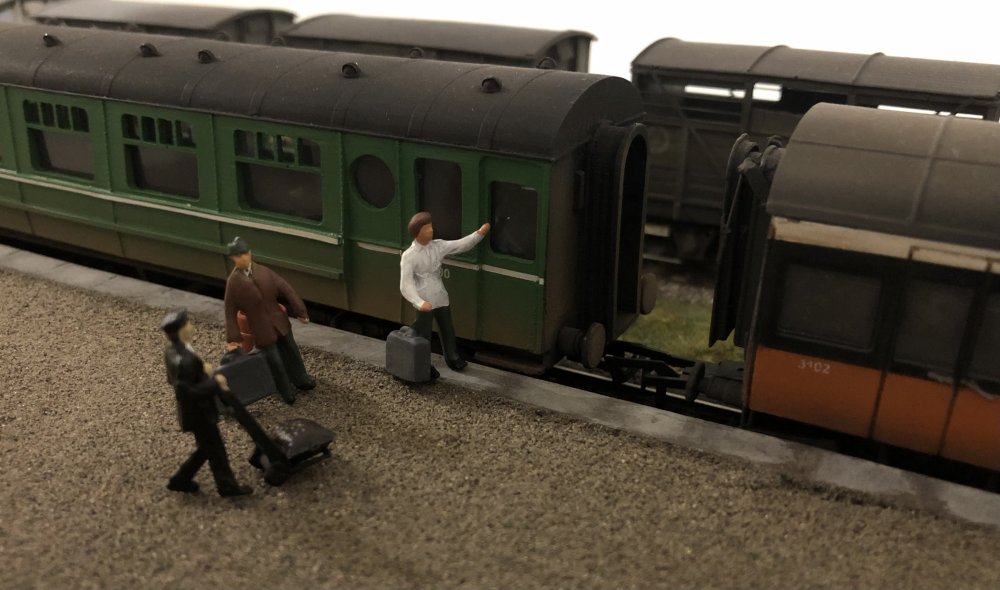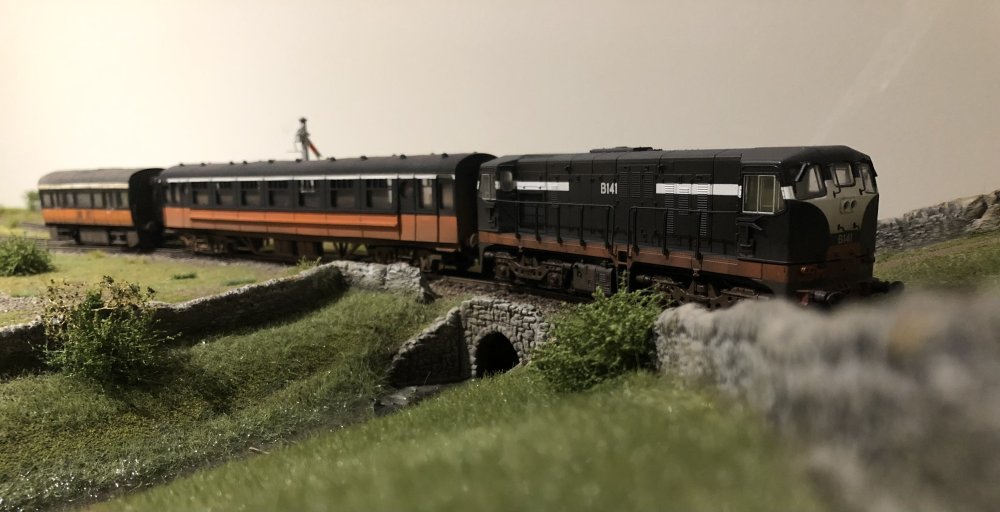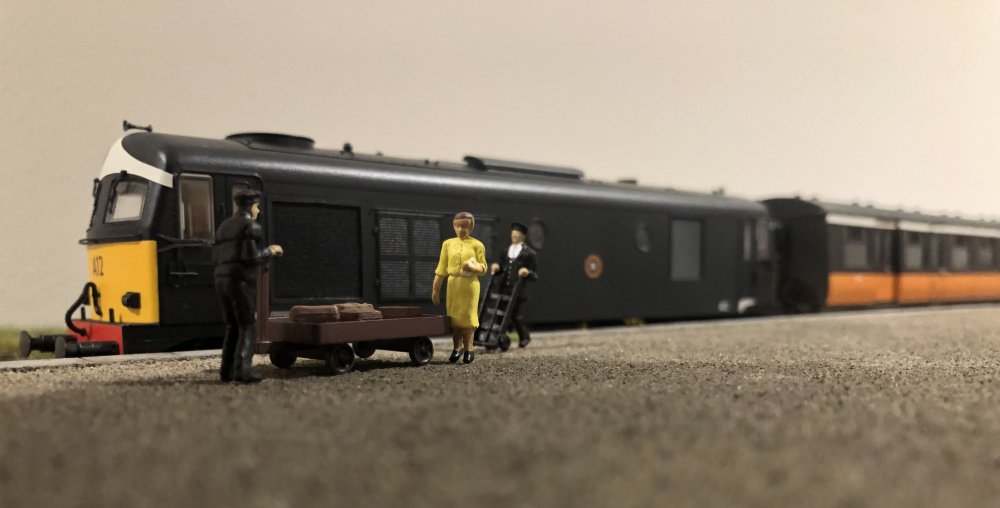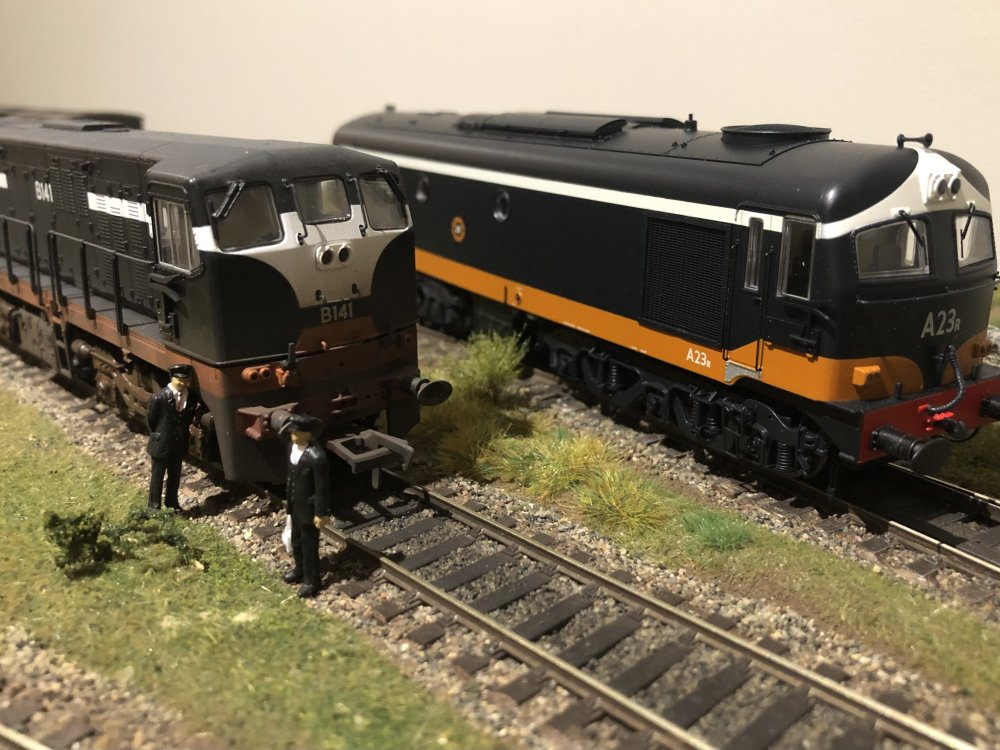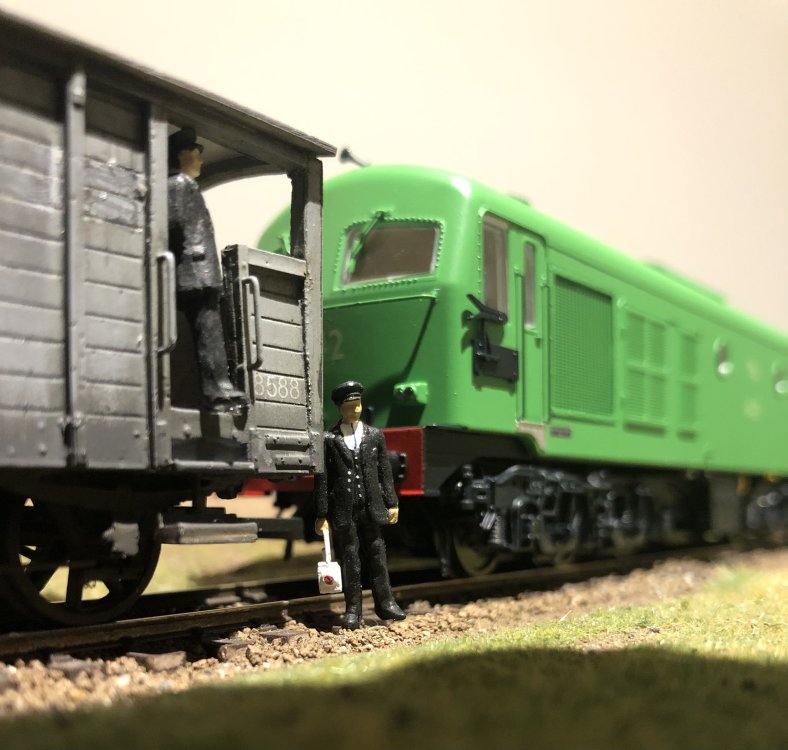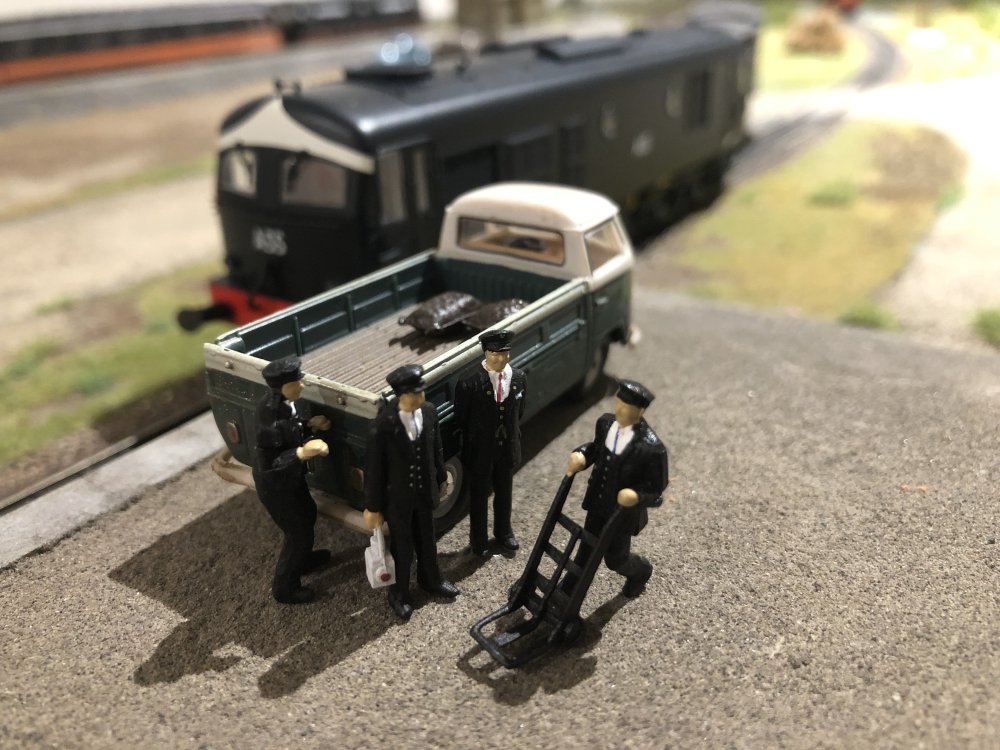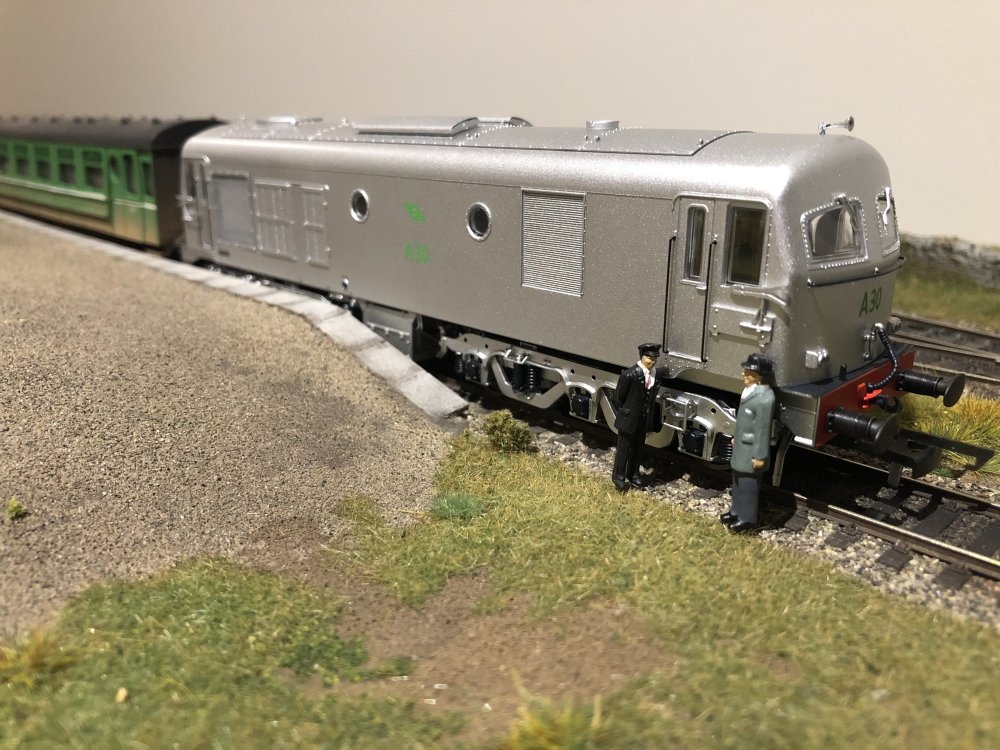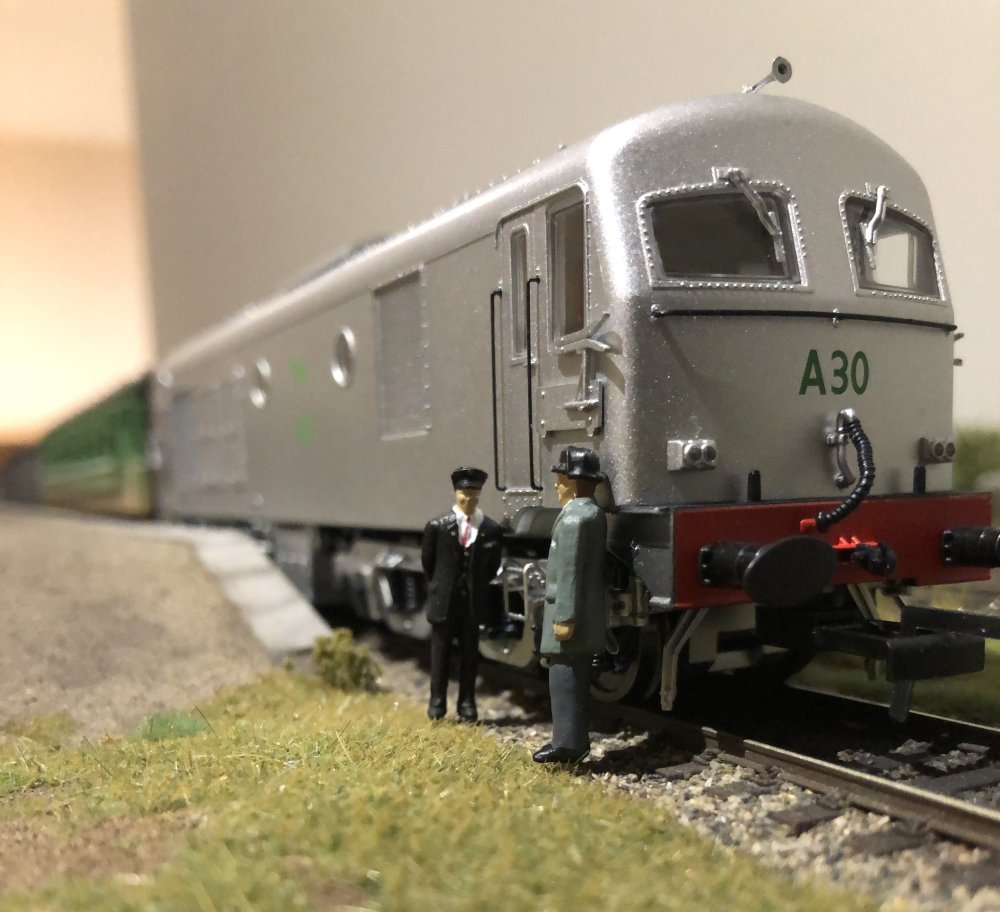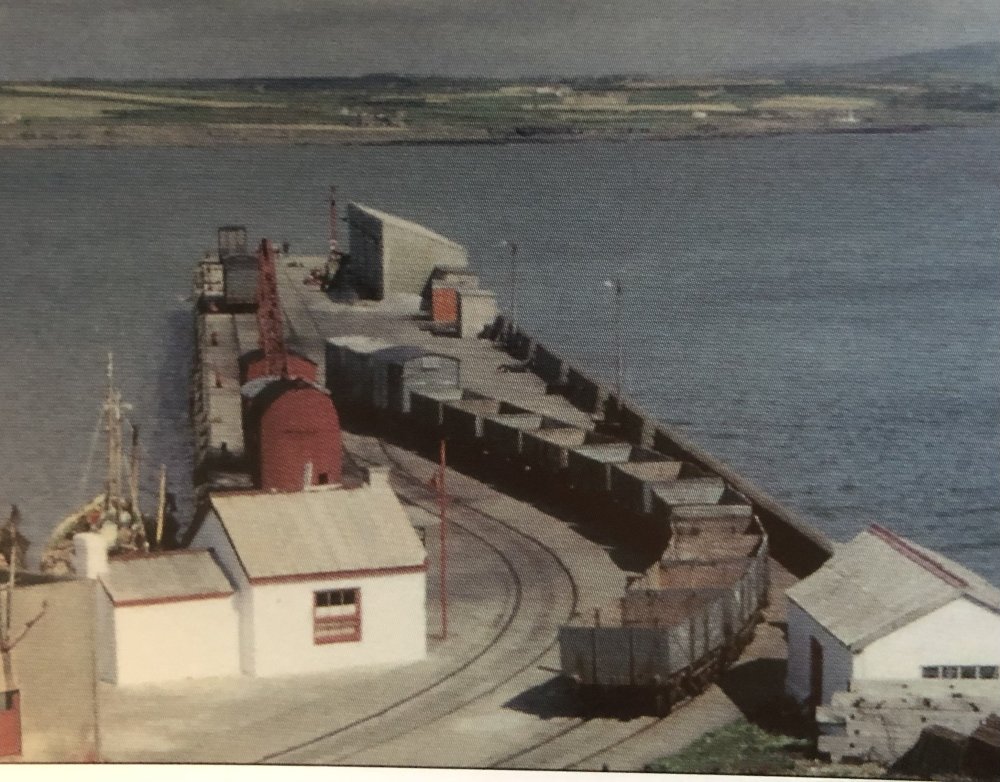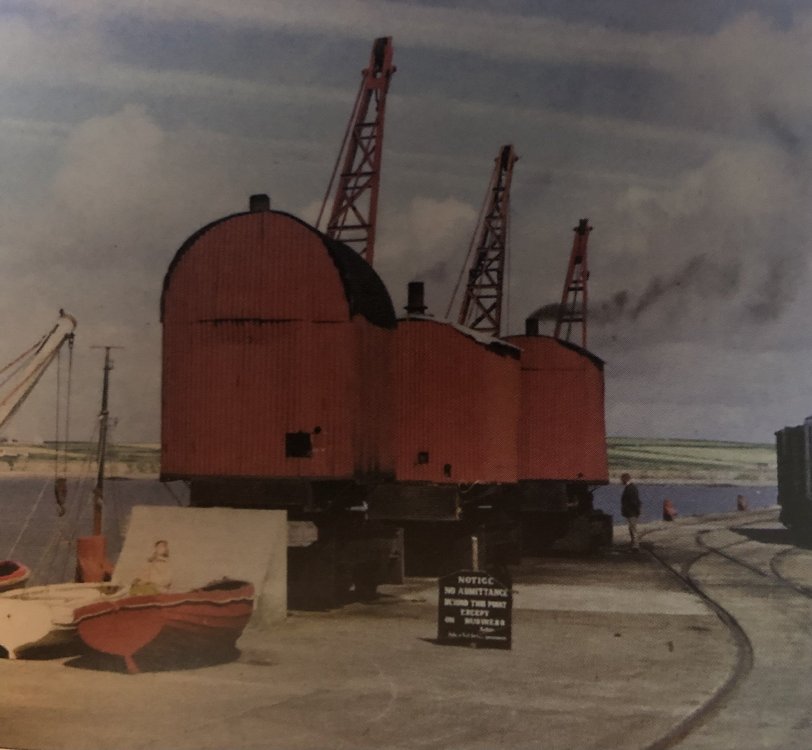-
Posts
15,862 -
Joined
-
Last visited
-
Days Won
393
Content Type
Profiles
Forums
Events
Gallery
Everything posted by jhb171achill
-
I had several footplate runs in the 1970s and 80s where speeds well in excess of what official decreed as appropriate were achieved. One was about 1980/1 on a down train between Templemore and Thurles with an 071 and about ten bogies. He was trying to catch up a bit of time - we had left Heuston some minutes late. We hit 88 mph, and later on sent a stray sheep into orbit..... When the DDs and 201s were brand new, I had a run on the Enterprise in the cab one time (only). Between Dundalk and Drogheda was largely newly relaid - tip-top order. Yer man notched up and away we went; 105 mph. I'm not sure what the limit was - but it wasn't 105! Senior recalled a teenaged run on the Schull & Skib in one of the four-wheel coaches. The track was so bad and the coach was swaying about so much, he ended up being sick over the end balcony!
-
Indeed. I have seen pictures of decent colour quality showing locomotives of the 400 and Woolwich classes, which look exactly the same, despite the fact that they are of locomotives known to be, at the time of photography, GREEN! I must get round to posting pics of my two weathered J15s. These were delivered from 00 Works in GSR / CIE grey, but once weathered realistically look like this. As often mentioned before, this is what made some GNR blue locos and CDR red ones look largely black, especially around the boiler and dome, and what led to the impression that most, rather than just some, of the CIE steam fleet in the 1950s were black rather than dark grey or even lined green.
-
Branch Line Heaven! Some inspiration for operations on branch line termini…. this is from 1935. I love the old rubber stamps on railway documents.
-
Self propelled cranes and small coasters
jhb171achill replied to David Holman's question in Questions & Answers
A reasonable point, considering that the design work for the mid-1910s rebuilding of them was all done in Inchicore, and by the same team who were working on trying to standardise as many boilers as they could, right across the GSR. Certain drivers and crews would have vehemently disagreed. The driving position was on the other side on the Midland; not a small detail to a footplateman, though less obvious from outside the cab, of course! Plus there was the old company loyalty thing, like NCC versus GNR in Belfast. The late Billy Lohan once told me that J18s were, in his words, "scrap", and by his admittedly highly pernickety judgement "weren't properly looked after by Broadstone" (he was a "Southern" man through and through!). Billy was most certainly not the man to whom it might be wise to suggest that he was generalising!! So I said nothing............! He went on to regale me with a story of taking empty cattle trucks from Tubbercurry to Ennis for a fair the next day, one time. He was given a J18 which was not in the best of order; in fact, it was on its way to Inchicore to see the vet. The brakes failed and he swept away a pair of crossing gates with it, and the air turned blue.......! -
I hadn't actually thought of that until I saw the pics. The all-black livery for these locos wouldn't have been the most visible thing in poor light, especially in pre-halogen-headlamp days. And the all-grey is simply a regurgitation of the utilitarian equivalent into which almost all steam engines were painted from late GSWR days onwards......
-
-
It’s pretty much at the limit of mine, as it’s more of a late sixties thing. My own interests needed steam and diesel, so liveries primarily of the mid-fifties to mid-sixties are appropriate, but I agree there’s something about it. I’d be using this one and the “low tan band” when operating in a “later” period, with green carriages put away….
-
“OK, ye change at the junction onto the Dublin train, and get off at Mallow. You’ve a twenty minute wait there for the Rosslare train. You get that one for Lismore….” . B141 hurries the midday local train along the Dugort Harbour branch on a dull afternoon in October 1966….
-
“I’m sorry, Mrs White, there’s no parcel for you tonight…. It might come down tomorrow, so it might”…. . “First of the transplants in here! I hope they’re going to be better than the Crossleys! This very heap sat down on me in Cork tunnel three years ago….”
-
“Looks a good bit better than the dirty silver - only out of Inchicore on Tuesday….” . ”Damn Crossleys - Damn thing’s not only broken down again, it’s off the road too, and the beet empties are supposed to be coming in this afternoon!”
-
“We need to hold the train five minutes, Father Donnelly‘s on his way to bless the new diesel!” ”Ha - did ye tell him the driver’s a Protestant?”
-
Self propelled cranes and small coasters
jhb171achill replied to David Holman's question in Questions & Answers
Very true! -
Newcastle Junction and Harbour North 1998- 2006
jhb171achill replied to colmflanagan's topic in Irish Models
Inspirational stuff, Colm! -
That's what I would have thought, indeed....... haven't been able to run mine yet as they need to be chipped still.
-
Are these "A"s any more prone to this than other models?
-
Self propelled cranes and small coasters
jhb171achill replied to David Holman's question in Questions & Answers
Just reading the attached article; ex-GSWR J15s - far from being "ubiquitous" in all of the former MGWR territory, were quite exceptionally rare - and would as good as certainly never have been anywhere near Westport Quay! The J26 class could well have been there in the early MGWR period, but the line was usually worked by a goods engine like a J18 or J19 0.6.0. A kit of a J18 is badly needed. -
Self propelled cranes and small coasters
jhb171achill replied to David Holman's question in Questions & Answers
Fenit Pier, Co Kerry, from “Rails Through North Kerry”: Note the curved siding - a way to save space on a small layout - or a real Fenit Pier! Pictures - Barry Carse -
I think the galvanising appeared during the 1960s. It still had black bases though.
-
It is - but vans if that design were to be seen in many places until the very early 1960s!
-
Good to see that the Lakeview district is keeping both St James' Gate and CIE busy!
.png.c363cdf5c3fb7955cd92a55eb6dbbae0.png)



